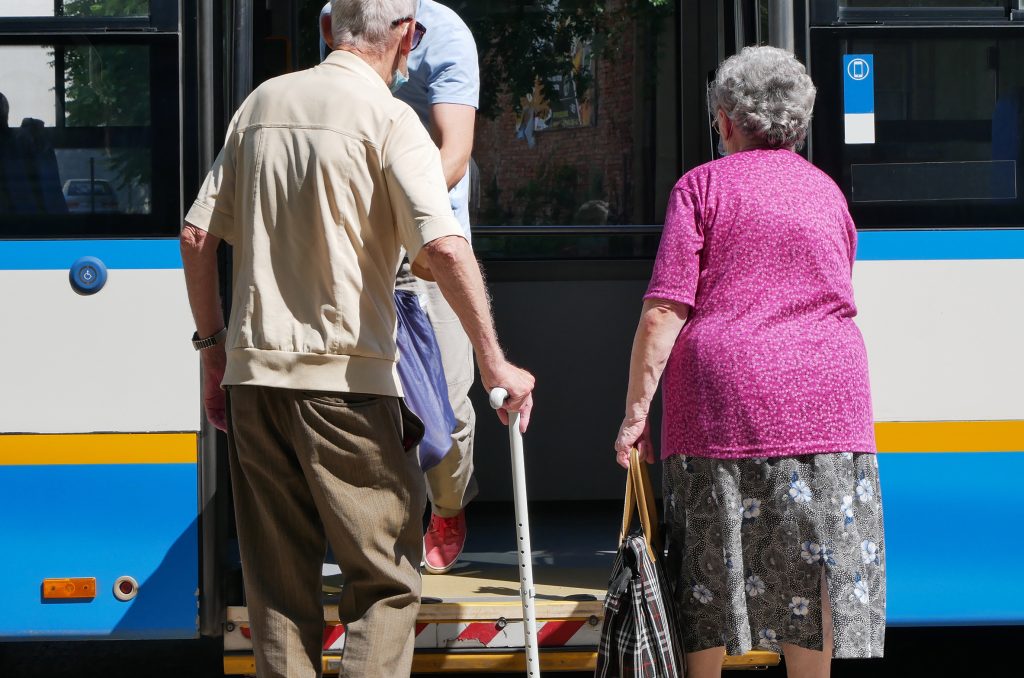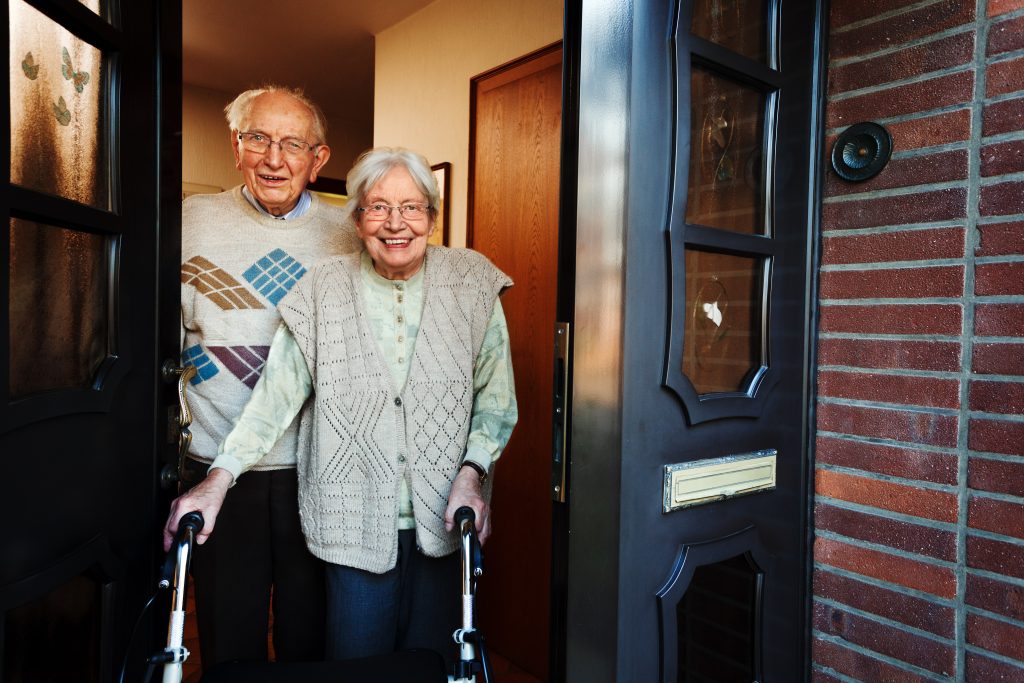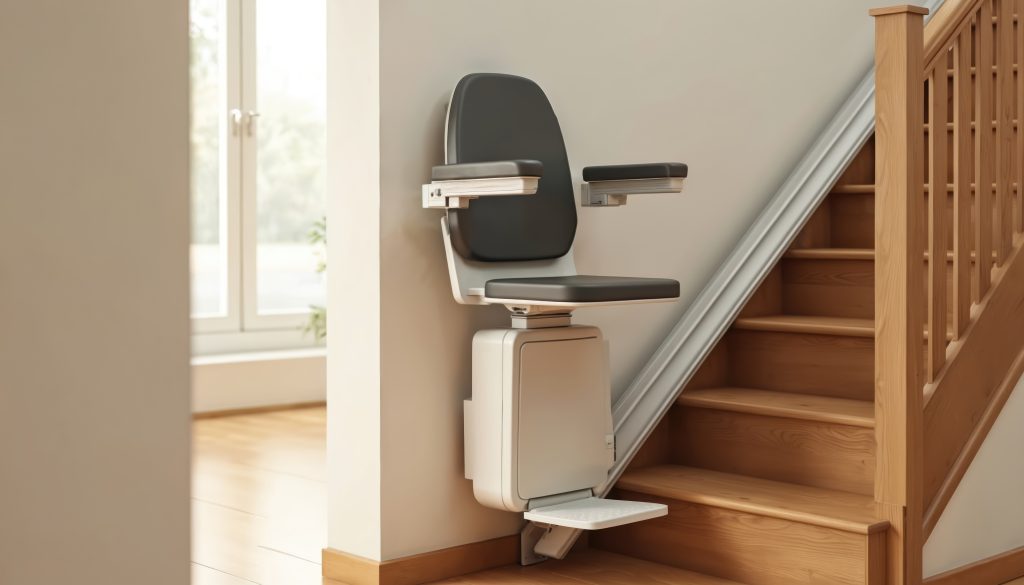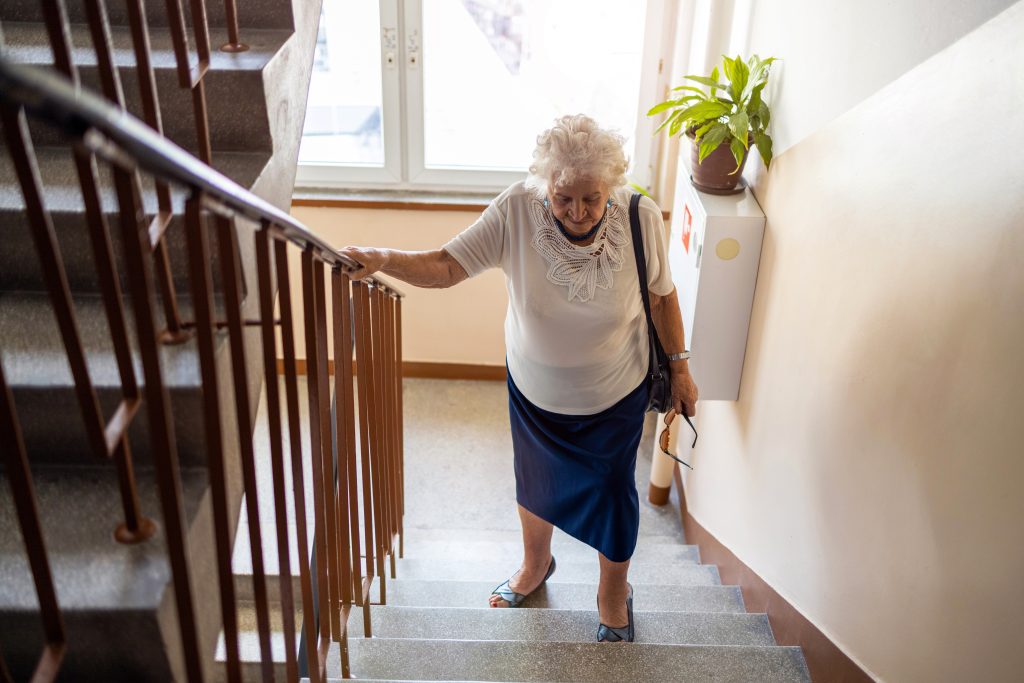Aging in Place
What Is Aging in Place?
Aging in place means staying in your own home and community safely, independently, and comfortably as you get older. For many older adults, this offers the freedom to maintain their routines, social ties, and a familiar environment, all of which support a high quality of life.
Whether you are planning to remain in your long-time home or are searching for a new home to retire in, aging in place works best when you plan in advance, not left until a crisis happens. The more proactively you assess your needs, goals, and support systems, the more likely you’ll be able to remain in your home as you age.
Planning Ahead
The earlier you begin thinking about aging in place, the better. Here are key questions to consider:
- Do I want to remain in my current home long-term?
- Does my home or the home I am considering support my current and future needs?
- Can I keep up with maintenance and daily responsibilities?
- Do I have a support network nearby (family, friends, caregivers)?
- Is my home close to essential services (grocery stores, medical care, transportation, etc.)?
- Does my community offer transportation options other than driving (easily accessible transit, local senior shuttles, etc.)?
- Can I financially support myself in my current home or the home I am considering?
Being honest about your needs and goals will help you make the right decision, whether that means staying where you are, downsizing, or modifying your home.
For more ideas and resources, visit:




Home Safety and Modifications
Even if you’re healthy and active today, small changes in your home can make a big difference in preventing injuries and supporting your future self. When looking at your current home or a new home you are considering, ask yourself:
- Is my home accessible if I need a walker or wheelchair?
- Can I live on one floor or easily install a stair lift?
- Can the bathrooms accommodate a walker or a wheelchair?
- Would I be able to add a walk-in shower or grab bars?
- Are floors even and free from tripping hazards?
- Can doorways and hallways accommodate mobility aids?
Many older adults choose to modify their homes gradually over time, starting with safety upgrades like better lighting or handrails, and later adding larger improvements like ramps or bathroom renovations. Planning ahead for future mobility needs in your current home or one you are considering is a key step in maintain the quality of life you want.
For more ideas and resources, visit:
NIH Home Safety Tips for Older Adults Infographic
USC Leonard Davis School of Gerontology Home Modification Resources
When to Consider Other Options
There is no one-size-fits-all answer to when, or if, it’s time to move. But here are some signs that your current home may no longer be the best fit:
- The home cannot be adapted to your needs (e.g., stairs, narrow doorways, small bathroom).
- Daily maintenance is overwhelming or unsafe.
- Your health or mobility needs have changed.
- You feel isolated or have fewer social connections.
- You cannot effectively meet your daily needs through local transportation options.
- Memory issues or chronic health conditions make independent living risky.
In these cases, a more accessible home in a different community, a senior living community, or an assisted living facility might offer a better quality of life, with more activities, medical support, and daily assistance.
For more ideas and resources, visit:
NIH – Does an Older Adult in Your Life Need Help?
National Council on Aging – Downsizing for Aging in Place Guide


